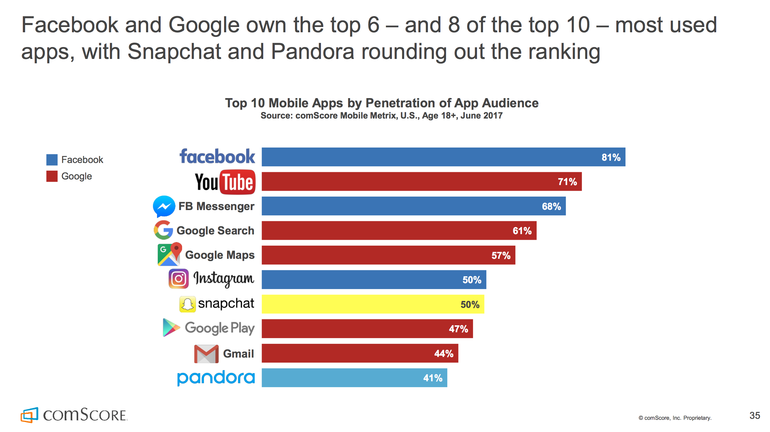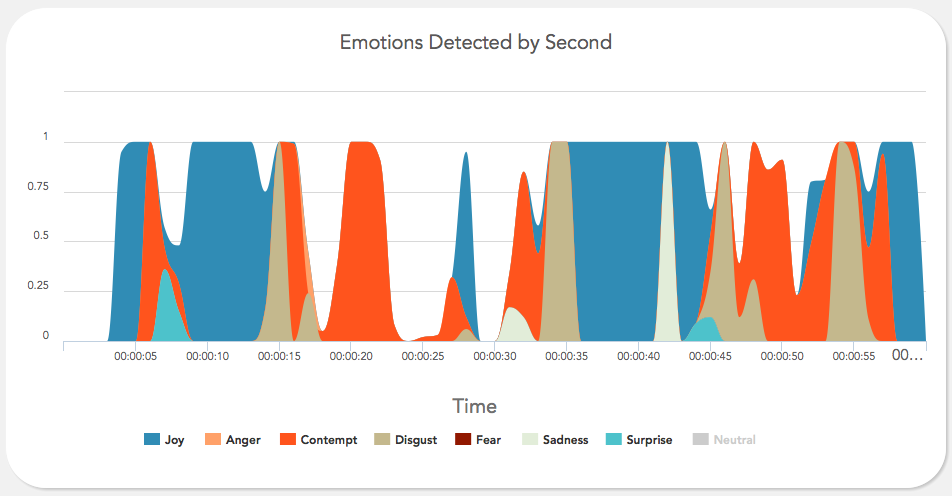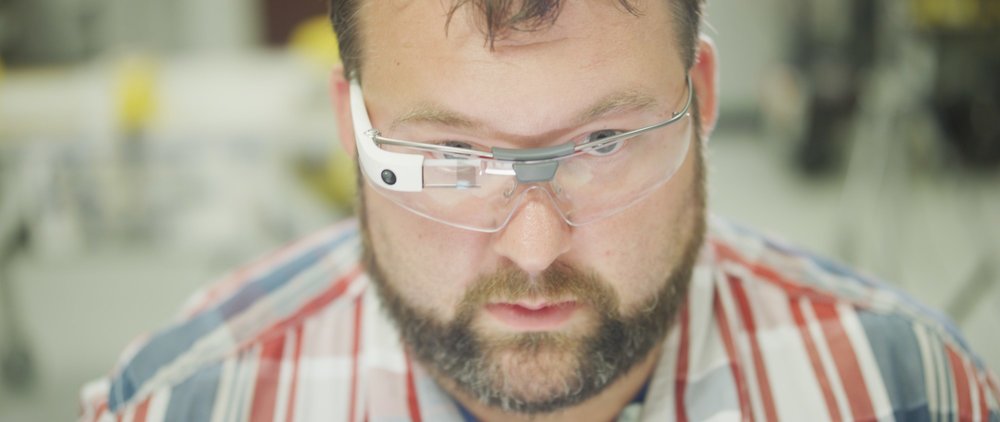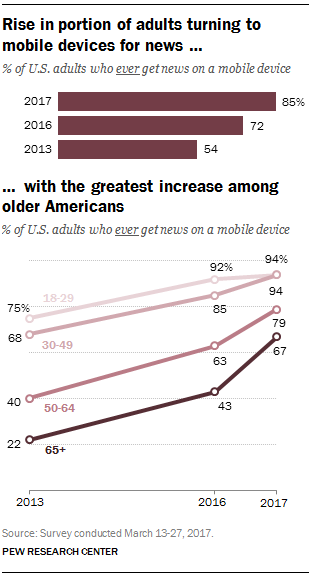Panopticlick
Electronic Frontier Foundation’s Browser Privacy Tool checks if websites may be able to track you, even if you’ve limited or disabled cookies. Panopticlick tests your browser to see how unique it is based on the information it will share with sites it visits.



 “Right now, in a handful of computing labs scattered across the world, new software is being developed which has the potential to completely change our relationship with technology. Affective computing is about creating technology which recognizes and responds to your emotions. Using webcams, microphones or biometric sensors, the software uses a person’s physical reactions to analyze their emotional state, generating data which can then be used to monitor, mimic or manipulate that person’s emotions.”
“Right now, in a handful of computing labs scattered across the world, new software is being developed which has the potential to completely change our relationship with technology. Affective computing is about creating technology which recognizes and responds to your emotions. Using webcams, microphones or biometric sensors, the software uses a person’s physical reactions to analyze their emotional state, generating data which can then be used to monitor, mimic or manipulate that person’s emotions.”
 “An ambitious project to blanket New York and London with ultrafast Wi-Fi via so-called “smart kiosks,” which will replace obsolete public telephones, are the work of a Google-backed startup.
“An ambitious project to blanket New York and London with ultrafast Wi-Fi via so-called “smart kiosks,” which will replace obsolete public telephones, are the work of a Google-backed startup.

 Mobile devices have rapidly become one of the most common ways for Americans to get news, and the sharpest growth in the past year has been among Americans ages 50 and older, according to a
Mobile devices have rapidly become one of the most common ways for Americans to get news, and the sharpest growth in the past year has been among Americans ages 50 and older, according to a 